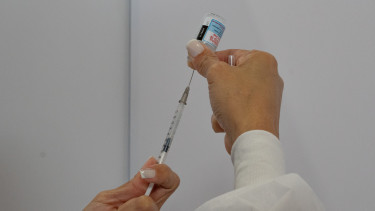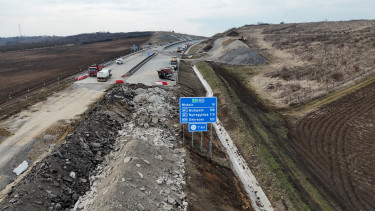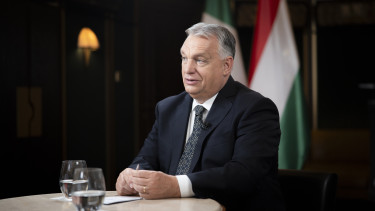EBRD projects brighter future for Hungary
Stronger growth momentum globally
Growth in the EBRD regions averaged 3.3% year-on-year in the first half of 2017, up from 1.9% in 2016. The acceleration has been broad-based, with contributions from higher exports and stronger investment activity, the EBRD said in its latest economic forecasts released on Tuesday.The upswing is perhaps more remarkable in terms of its breadth than its depth: growth picked up in 27 out of 36 countries reporting quarterly data, the first such occurrence since 2010.
The EBRD expects average growth to pick up to 3.3% in 2017 before moderating to 3.0% in 2018. This represents an upward revision of 0.9 percentage points in 2017 and 0.2 percentage points in 2018 compared with its last forecast in May 2017. Notwithstanding this acceleration, the average growth in the region is expected to remain slightly below that of emerging markets elsewhere with comparable per capita incomes, the EBRD noted.A number of other economies with relatively weak credit ratings took advantage of favourable financing conditions, the EBRD said. Tajikistan, rated B- by S&P, issued a 10-year bond in September 2017 with a yield of 7.1%. The USD 500 million placement, equivalent to 7% of GDP, was oversubscribed more than 6 times. Three months prior, Belarus placed 10-year bonds yielding 7.6% (the 5-year and 10-year issues jointly totalled USD 1.4 billion, or 3% of GDP).
Growth in Central Europe and the Baltic States (CEB) picked up to around 4% year-on-year in the first half of 2017 (compared with 2.8% in 2016) “on the back of a strong performance by the CEB region’s largest economy, Poland, where output growth was boosted by stronger investment activity and an increase in social welfare payments." The Baltic states, Hungary and Slovenia also saw stronger economic growth in the first half of 2017.
Estimates for Hungary raised
The EBRD forecasts 3.8% GDP growth for Hungary for this year and 3.4% for 2018, an upward revision of 0.8 and 0.4 percentage points, respectively. We should note that the bank was well behind the curve in this respect, since its revised figures largely match the market consensus.In Hungary, GDP growth slowed to 2.2% in 2016 as investment collapsed by 11%, mostly explained by the low utilisation of EU funds, the EBRD noted. In contrast, private consumption remained strong, underpinned by rising employment and wages.
Household disposable incomes were driven by rising real wages and falling unemployment. In the first half of 2017, GDP growth accelerated to 3.6% year-on-year, driven by a solid rebound in public investment and robust private consumption. Investment is up by 24% year-on-year in the first half of 2017, backed by accelerated EU fund transfers as well as a return to positive credit growth (after seven years of negative credit growth) to the private sector.
“Accelerated EU funds absorption and recovering credit to the private sector are set to support growth over the short term. The expected increases in wages, driven by agreements with the state-owned companies and car manufacturers, a higher minimum wage and social security contribution cuts will all further support strong consumption, despite rising inflation. On balance, GDP growth is expected to accelerate to 3.8 this year and to 3.4% in 2018."








